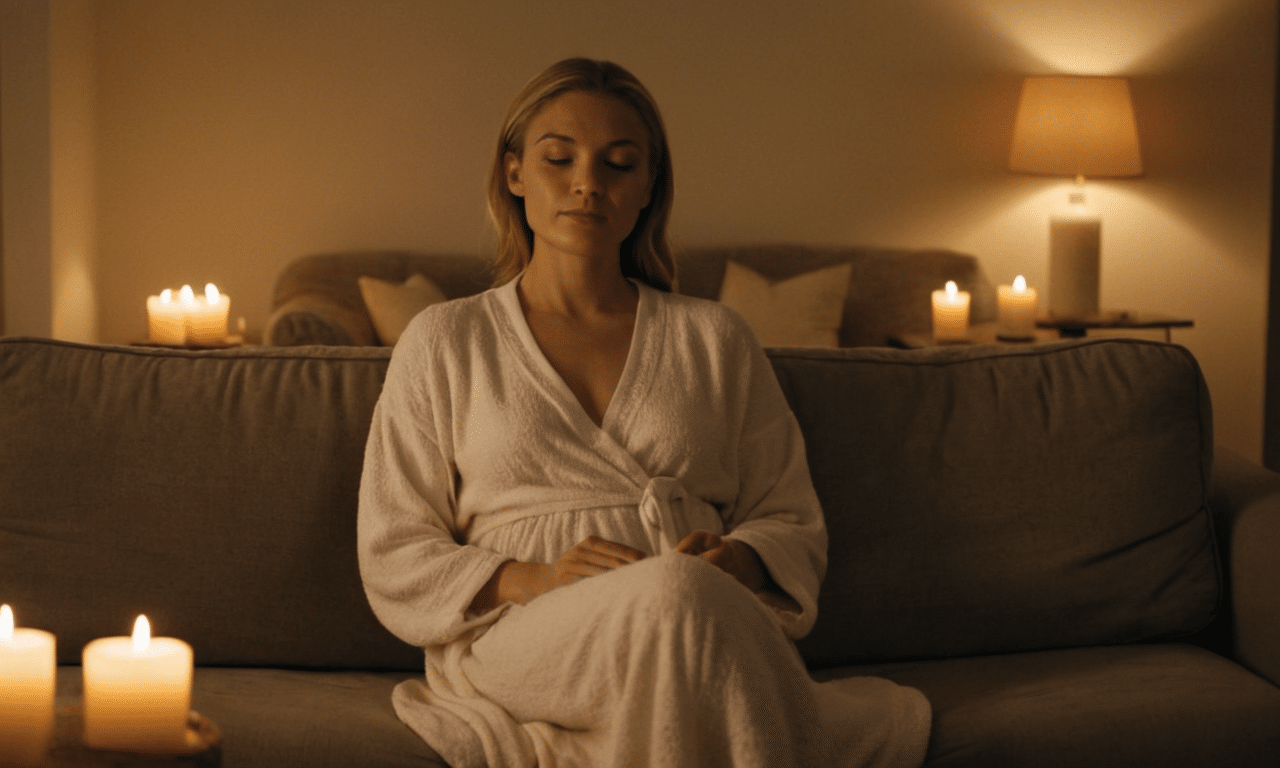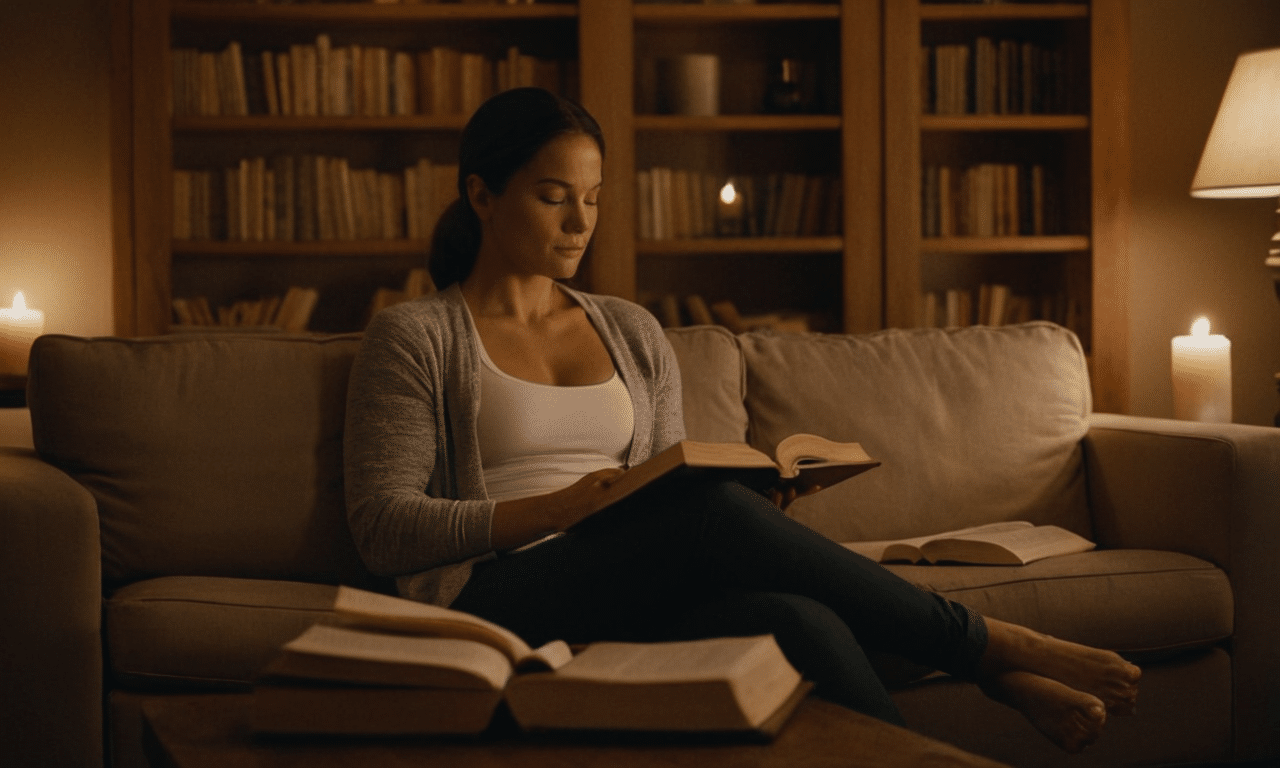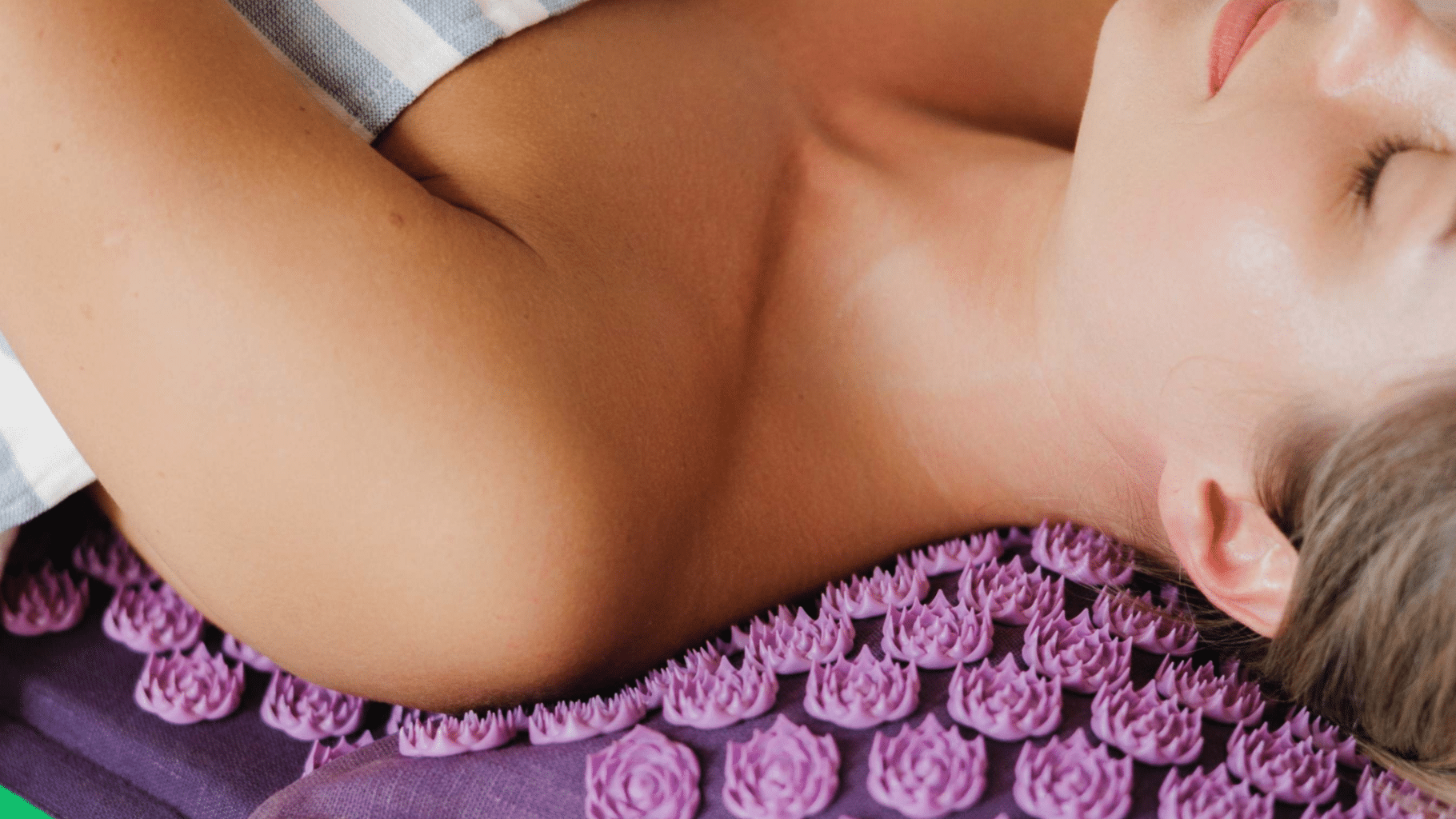Are you tired of struggling to fall asleep or waking up feeling restless? Discover the power of progressive muscle relaxation, a simple yet effective technique that can help calm your mind and body for a restful night’s sleep. By learning how to use PMR correctly, you’ll be well on your way to improving the quality of your sleep.
How do I use progressive muscle relaxation for sleep?
To effectively use progressive muscle relaxation for sleep, start by finding a quiet and comfortable space to relax. Begin by tensing and then relaxing different muscle groups in your body, starting with your toes and working your way up to your head. Take deep breaths and focus on releasing any tension as you progress through the exercise. Aim to hold each muscle group for 5-10 seconds before moving on to the next one. By incorporating this technique into your bedtime routine, you can help calm your mind and body, making it easier to fall asleep.
Top Benefits of Progressive Muscle Relaxation
- Sleep Quality: Improves sleep quality through consistent routine.
- Stress Relief: Reduces stress and anxiety by tensing then relaxing muscles.
- Muscle Tension: Releases muscle tension and promotes relaxation.
- Improved Circulation: Enhances blood flow to promote healing and recovery.
- Self-Awareness: Increases self-awareness through mindful attention to physical sensations.
- Consistency: Encourages consistent relaxation practice for improved sleep quality.
- Mindfulness: Cultivates mindfulness through focus on physical sensations and relaxation.

Understanding Progressive Muscle Relaxation
Progressive muscle relaxation (PMR) can work wonders to ease stress and promote sleep. Think of it as giving your body a well-deserved break after a long day. Essentially, you tense and then relax different muscle groups, helping your body and mind to wind down. This practice stands as a reliable method to manage anxiety and improve sleep quality.
To perform PMR, start by tensing a specific muscle group, such as your shoulders, for 5-10 seconds. Then, slowly release the tension for 20-30 seconds, focusing on the sensation of relaxation. Continue this process through the main muscle groups: hands, arms, shoulders, neck, etc. Before you know it, you’ll be ready to drift off to dreamland without counting a single sheep.
The benefits of progressive muscle relaxation span beyond just easing you into sleep. It can also greatly reduce anxiety by shifting your focus from worries to the physical sensations of tension and relaxation. If you want to follow along with a guided session, check out this helpful progressive muscle relaxation YouTube tutorial.
Preparation for Sleep with PMR
Including progressive muscle relaxation in your bedtime routine can greatly improve your sleep quality. Begin by setting aside 15-20 minutes before bed. Find a quiet, comfortable space where you can fully focus. This could be your bed, a comfy chair, or even your yoga mat. Consistency can make a world of difference in the effectiveness of PMR.
To get the most out of your PMR routine, dim the lights and eliminate distractions. This signals to your body that it’s time to relax. Consider pairing the practice with calming activities like reading a book or listening to soft music. This can help smooth the transition from a busy day to a restful night.
Sticking to a routine can help condition your body and mind to recognize when it’s time to sleep. Think of PMR as the calming lullaby that gently nudges you into a peaceful slumber. You can find more tips on incorporating PMR into your routine on our relaxation techniques page.
Overcoming Common Challenges with PMR for Sleep
Like any new habit, using progressive muscle relaxation for sleep can come with challenges. One common issue is maintaining focus. With so many distractions around, it’s easy for your mind to wander. To tackle this, create a distraction-free zone. Turn off your phone or use a white noise machine if necessary.
Another challenge is impatience. Some people expect immediate results and get discouraged when they don’t instantly achieve a perfect night’s sleep. Remember, progress can take time. Stick with it and gradually you’ll notice improvements in your sleep quality. Also, remind yourself that this is a skill you are developing; it’s perfectly normal to need some practice.
If you find your muscles not relaxing fully, don’t force it. The goal is gentle tension followed by relaxation, not muscle strain. Think of it as giving your muscles a reassuring pat rather than a bear hug. It may also help to follow a guided PMR session that can keep you on track and provide additional tips.
Combining PMR with Other Relaxation Techniques
Combining PMR with other relaxation methods can amplify your results. Meditation, for example, pairs well with progressive muscle relaxation for sleep. Start with a short PMR session and then follow with some mindful meditation to clear your thoughts. This can deepen your sense of relaxation and prepare your body for sleep.
Deep breathing exercises are another fantastic addition. Practice slow, deep breaths before or during PMR. This not only enhances the physical relaxation of your muscles but also activates your body’s natural relaxation response. Think of it as adding a cherry on top of your relaxation sundae.
You may also explore aromatherapy. Certain scents like lavender and chamomile are renowned for their calming effects. Add a few drops of essential oils to a diffuser during your PMR session for an extra layer of relaxation. By combining these techniques, you’ll create a multi-sensory experience that can greatly enhance the benefits of PMR for sleep.
| Feature | Description | Importance |
|---|---|---|
| Benefits of PMR | Eases stress, promotes sleep, and reduces anxiety | High |
| Preparation for Sleep | Set aside 15-20 minutes before bed, find a quiet space | Medium |
| Overcoming Challenges | Maintain focus, be patient with progress, and avoid muscle strain | High |
| Combining Techniques | Pairs PMR with meditation, deep breathing, or aromatherapy for enhanced relaxation | Medium |
| Consistency | Schedule PMR into your daily routine for optimal results | High |

Personal Thoughts
I’ve come to realize that my struggles with stress and anxiety have been closely tied to my sleep quality. When I’m able to relax before bed, I feel more refreshed and prepared to take on the next day.
For me, progressive muscle relaxation has become a crucial tool in achieving better sleep. It’s a simple yet effective technique that helps me quiet my mind and relax my body, making it easier to drift off to sleep.
Frequently Asked Questions
How do I properly perform progressive muscle relaxation for sleep?
To perform progressive muscle relaxation correctly, start by finding a comfortable and quiet place to lie down. Take slow, deep breaths and focus on relaxing your muscles. Begin at your toes and work your way up to the top of your head, tensing each muscle group for 5-10 seconds before releasing. Repeat this process several times to help calm your mind and body.
Can I modify progressive muscle relaxation for sleep if I have physical limitations?
If you have physical limitations that make it difficult to perform the traditional progressive muscle relaxation exercise, there are still ways to modify the technique to suit your needs. For example, you can focus on relaxing specific areas of your body, such as your neck or shoulders, rather than tensing and releasing entire muscle groups. Alternatively, you can try a guided recording that provides verbal cues for relaxation.
How often should I practice progressive muscle relaxation for sleep?
The frequency at which you practice progressive muscle relaxation depends on your individual goals and needs. If you’re trying to improve the quality of your sleep, it’s recommended to practice this technique 2-3 times per week. However, if you’re using it as a tool to help with anxiety or stress, you may want to incorporate it into your daily routine, such as before bed or during breaks throughout the day.
Can I use progressive muscle relaxation for sleep while taking medication?
If you’re currently taking medication for any health condition, including sleep aids, it’s best to consult with your doctor or healthcare provider before using progressive muscle relaxation as a supplement. While this technique is generally safe and non-invasive, certain medications may interact with the relaxation response or affect the effectiveness of the exercise. Always prioritize your health and safety when trying new techniques.




